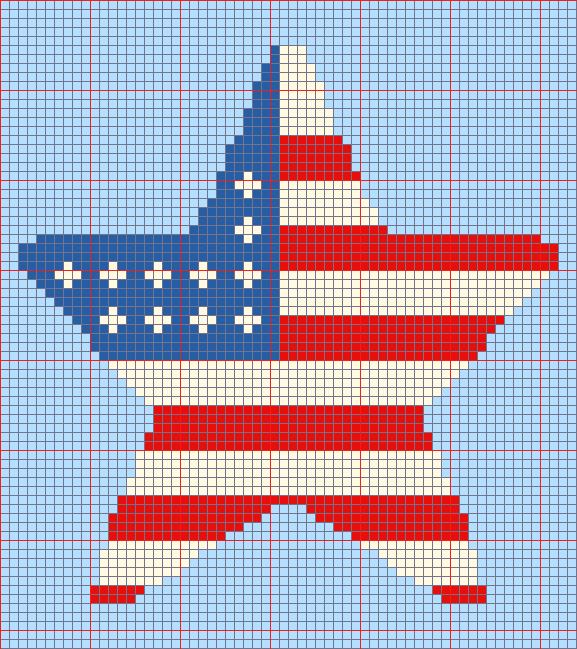 |
American
Literature: Romanticism Student Midterm Samples 2013 3. Web Highlights |
 |
Matthew Martin
Greatest Hits of 2010 Midterms
This particular essay stood out to me because she focused on a poem that was not actually written during the Romantic era: A Blessing by James Wright. I had to do a double take when I was reading through her essay the first time because I had forgotten we read that particular poem. I had been more focused on the lengthier works by "bigger name" authors. Cristen brought most of the points that I remembered discussing in class (the horses, wet swans, tufts of spring, etc) and stressed the importance of the common and nature in Romantic literature. She also points out the elements of the sublime which, as Lauck states, "inexplicable, unattainable emotion is a major theme in our Romantic readings," as well as those of transcendence and the gothic. Even though it was a short essay portion of her midterm, I felt that she addressed many of the bigger topics that we have been focusing on in our class discussions. And it was refreshing to have the James Wright poem as a central focus for her topic. I got the sense that her class must have enjoyed it as much as ours did.
I also looked at another short essay from the midterms in 2010, this one from Elena Luquette titled "Romantic Ideology on the Brink of Modernity." The title drew me to it because I loved the Modern period of American Literature so I was interested to see how Elena would tie the two together. She started the essay off pretty strong by stating: "The basic ideas behind Romanticism are universal. Even in the Post-modern world we live in today, Romantic ideals are present and persistent in pushing forward. What kind of a world would we live in today if we weren’t constantly changing and evolving? The notions of the gothic and the sublime are evident throughout literature and the influence of the Romantic era remains prominent." I especially agree with the gothic still being alive today. Stephen King, John Carpenter and countless other writers and film directors see that the genre never dies. I don't think I'd want to live in a world without a good forbidden forest, or twisting labyrinth or maze in a horror book or movie. Elena hit the nail on the head. The Romantic period may long be over but its ideals still live on.
She cleverly wove many newer works into her essay to show just how long the effects of Romanticism have reverberated in our lifetime (The Tao of Pooh and The Te of Piglet by Benjamin Hoff, and also in A Portrait of the Artist as a Young Man by James Joyce). Those works had a mixture of transcendence, sublime and gothic elements which Elena emphasized that the Romantic era's effects still influential for writers in the post-modern world. What made this essay all the more enjoyable was the current application she applied to the characteristics of Romanticism that we have been discussing since day one. It would have been easy to simply restate obvious points about Romanticism, but I thought what Elena did was clever and well-written (if a bit too short). It has given me a fresh set of topics to think about while we enter the second half of our course. I could easily find myself searching for Romantic elements in texts I read outside of class (I already have learned to spot things like correspondence and Byronic heroes and even moments of the sublime).
I also looked at some past research options that previous students have done. I stuck with 2010 because I wanted to look at how students that are not too far removed from my own school standing (I actually recognize some names from your past classes). I looked at these to not only get a better idea of what my own research option will be but to also look at what past students have been interested in to see if anyone shared my own interests under the umbrella term of Romanticism and its many characteristics and quirks. I noticed a few similarities. Danielle Maldonado’s list of interests in her research options contained many things that I was interested in: “Hawthorne as an anti-romantic but gothic, post-romantic lit, also interested in Faulkner’s A Rose for Emily, gothic elements in Charlotte Perkins Gilman’s The Yellow Wallpaper.” Even though we have not read any Faulkner or Gilman yet, I’m certain I’ll point out some gothic or Romantic elements in his story. I enjoyed her proposal list because she laid out all of her interests on the table. I’ve noticed that for a proposal that many students list one or two interests and leave it at that. Like you said in a portion of our midterm assignment guidelines, “more is more.” Danielle kept her options open by listing Edwards and Puritan lifestyle as potential topics, but also modern-era writers such as Fitzgerald and Faulkner (and much later writers like Arthur Miller). It was also useful to see your comments on her suggestions to help her narrow and focus her topic.
